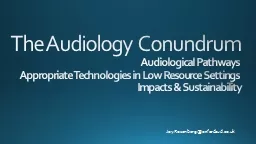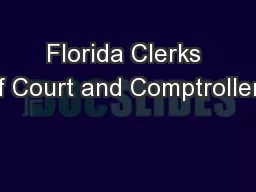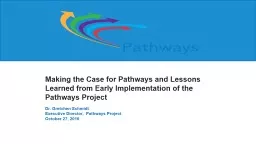PPT-The Audiology Conundrum Audiological Pathways
Author : elina | Published Date : 2022-05-17
Appropriate Technologies in Low Resource Settings Impacts amp Sustainability JoyRosenbergoxfordaudcouk Aims Convey our experiences related to deafness and development
Presentation Embed Code
Download Presentation
Download Presentation The PPT/PDF document "The Audiology Conundrum Audiological Pat..." is the property of its rightful owner. Permission is granted to download and print the materials on this website for personal, non-commercial use only, and to display it on your personal computer provided you do not modify the materials and that you retain all copyright notices contained in the materials. By downloading content from our website, you accept the terms of this agreement.
The Audiology Conundrum Audiological Pathways: Transcript
Download Rules Of Document
"The Audiology Conundrum Audiological Pathways"The content belongs to its owner. You may download and print it for personal use, without modification, and keep all copyright notices. By downloading, you agree to these terms.
Related Documents














